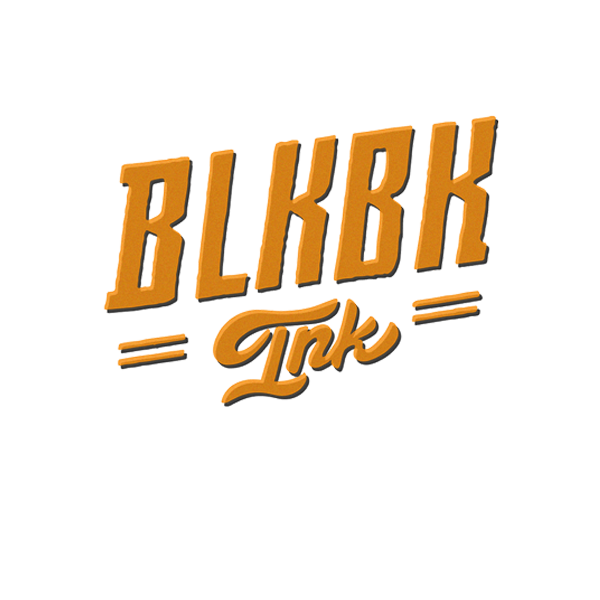How the most popular type of all time emerged in Switzerland
This is an epilogue to our series on modernism in typography. Read the series from the beginning here.
The optimism of post-WW1 modernism died in the 1930s under the heels of a million jackboots. But the reshuffled post-war deck revealed a reprieve. The seeds of modernism, germinated in Germany, kicked around the globe, had taken root in new lands. In Switzerland, the typographical offspring of The New Typography flourished.

A new beginning for new typography
Ranking the decades of the 20th century from best to worst, the 1930s and 1940s make the contest a flamethrower duel. Only one can take dead last—everyone ends up dead. Economic malaise, global war, genocide, fascism, Stalinism, atom bombs—these were bad years.
While 1945 marked the end of the worst of it, the balance of the decade was characterized by rebuilding smashed infrastructure, sluggish economies, food shortages, collective trauma, and boiling-over tensions between the USSR and the western allies. The limitless promise of The New looked like more of the same old.
But The New turned out to be the world’s salvation. Mass production and standardization delivered the capacity to rebuild Europe. By the 1950s, European industry was recovering; new public works launched an era of growth and prosperity—economic miracles unfurled across the continent.
The post-war order had arrived. Loose and informal as this order was, like all empires, it needed a brand—it needed type. It found suitable type among the scions of The New Typography, in two enduring sans serifs.
The Universal typeface
The first comes with a name so expansive, if it lived up to it we wouldn’t need another type: Univers.
Univers’s marketing, from French founder Deberny & Peignot, suggested as much. A section of the periodic table appears in the Univers specimen book. Each element on the periodic table has been replaced with Univers. This typeface, the graphic would say, is elemental stuff.

Asymmetry and a subtle use of colour - the influence of De Stijl persists
Univers was very versatile. That’s partly due to the number of variations Swiss designer Adrian Frutiger produced. If anything, calling Univers a type is a stretch of the truth—this is a font family, complete with italics and 21 weights.
Frutiger even launched a campaign to standardize all font weights according to numerical values. What could be more New Typography than that?
Univers has appeared almost everywhere—from subway signage in San Francisco, to Olympic Park in Munich. It’s appeared in advertising, corporate logos, and on keyboards. But it’s still not the most popular font of all time. It's not even the most popular Sans Serif from Switzerland.
The second era-defining type came from the Haas foundry in Switzerland, in 1957. Haas only gave it its name three years later. You’ve probably heard of it. It’s only the most popular typeface ever.
Helvetica, the most popular type of all time
Writing about Helvetica feels redundant. It’s just... there. It gives us directions. It tells us what to buy. It identifies brands. It’s enduringly modern. It’s a timeless classic. It, simply, is.
Helvetica is something of a homecoming for Latin letters. Helvetica, the name, is derived from the Latin word for Swiss: Helvetia. 'Helvetia' was itself passed down from the Romans—it was the name of the ancient people who lived in Haas Foundry’s ancient environs. Basel, the modern city where Max Miedinger designed Helvetica, lies at the intersection of France, Germany, and Switzerland—in the old Frankish heartland where Carolingian minuscule ruled, the printing press debuted, and Swabians founded their version of Blackletter.
New as Helvetica was, its traditions ran deep.

Max Miedinger at work. Notice the subtly angled terminal and stress of the sideburn
Helvetica’s path to ubiquity is remarkable. Consider what it takes to be everywhere—while Helvetica has since proven its appetite for gobbling up new frontiers, back in the 1960s and ‘70s, it had to replace deep-seated practices. Copperplate letterhead had stood the test of time for a century, representing innumerable firms as high-class, respectable, traditional. This was suddenly replaced with a clean sans serif—over and over again, at firm after firm. And Helvetica swept through advertising too. Personal addresses, in personal looking handwriting, were suddenly replaced with clipped imperatives in the same sans serif that now represented innumerable firms as modern, innovative, forward-looking.
This was modernism’s ultimate triumph! After everything, The New had affected a near-total Gestalt switch across swaths of typography. Sure, Piet Mondrian’s heady idealism and Herbert Bayer’s experimentation had run out, but they were always supposed to—instances reduce to a finite number of ideals; all experiments have conclusions. Those ideals and conclusions took the form of a near-universally useful typeface. When Helvetica landed, it all but completely displaced so much old because it fulfilled the same functions letters always had.
The eerie uniformity that came with it spoke to the times—to the maturation of The New into a robust commercial order, capable of rebuilding and ruling a world. Mass production begat mass consumption begat mass production, and so on, ad infinitum.
All things, these times weren’t so bad.
